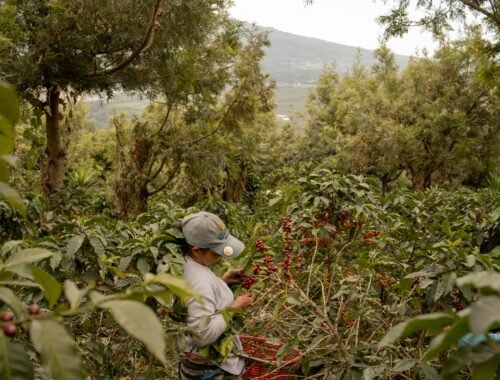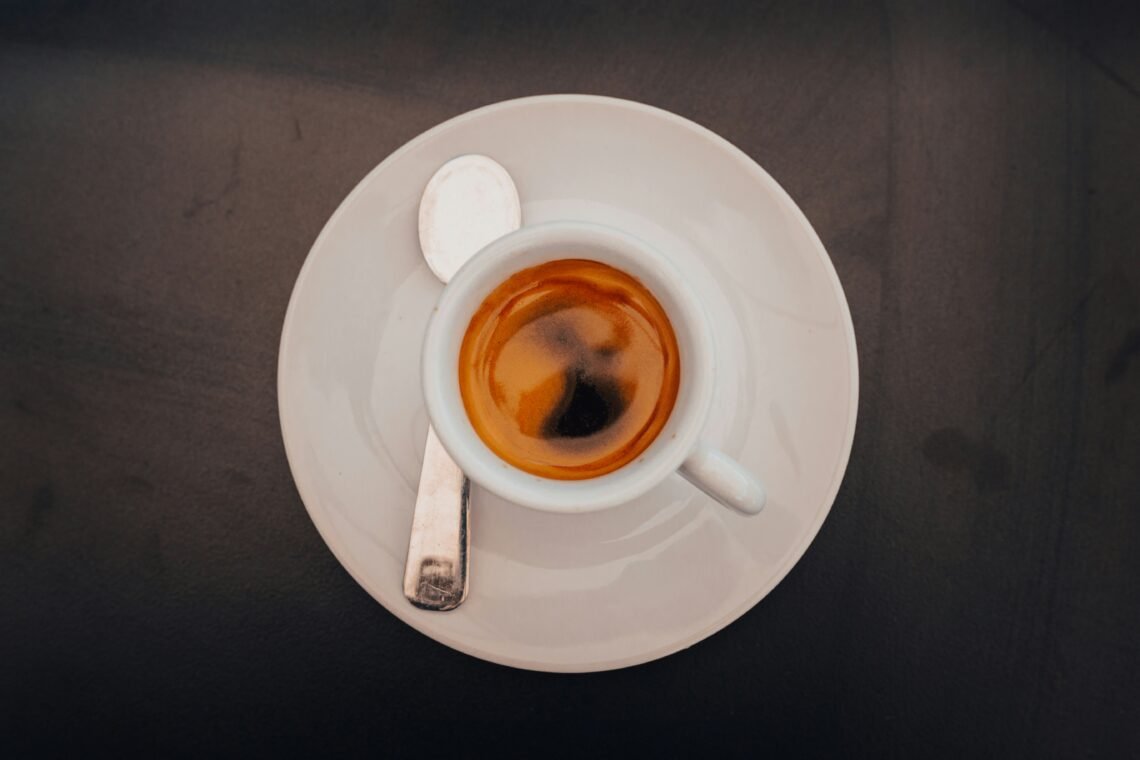
Espresso
The journey of coffee from bean to mug is long. But before it reaches your cup, the final touch is that of the barista. And that responsibility is not small. Regardless of how good the quality of coffee is from the farm or how well it has been roasted, the barista holds the final influence over the experience in the cup.
Espresso is the base the foundation of every espresso-based drink. It is said that the quickest way to gauge a baristas skill set it is through their espresso. If there is one thing that sets the tone for every other coffee on the menu, it is this.
What Is Espresso
An espresso is not simply “strong coffee.” It is a method of brewing. A small, concentrated shot extracted by forcing hot water through finely ground coffee at high pressure, typically around 9 bars. It is intense in taste which is why most people prefer not to indulge.
Most baristas begin with a ratio, commonly 18 grams of coffee in, 36 grams of liquid out, extracted over 25 to 30 seconds. These numbers provide a starting point, but they are only part of the story. What matters most is what the shot communicates through taste, aroma, and texture.
Why Espresso is important
Espresso forms the backbone of nearly every drink prepared using an espresso machine. From lattes to flat whites, cappuccinos to mochas, every one of these drinks begins with the same foundation.
Beyond that, espresso teaches discipline. It reveals everything about a coffee’s profile—acidity, sweetness, bitterness, and body. All in a single shot. There is no hiding. Every mistake becomes obvious, but so does every moment of clarity and precision. Espresso demands focus, and in return, it sharpens your senses.
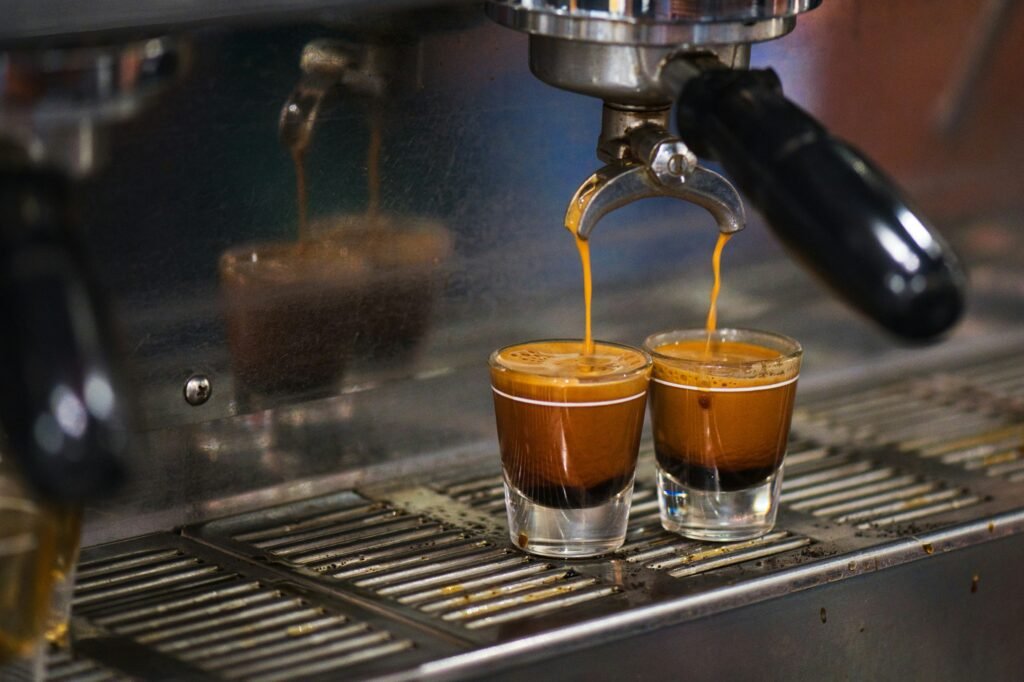
Dialing In: Balancing Science and Taste
Dialing in espresso is not about repeating a fixed recipe. It is a conversation between the coffee and the barista. You begin with a base ratio, but then you taste, assess, and adjust.
If a shot runs too quickly and tastes sour or thin, the grind may be too coarse. If it runs too slowly and finishes bitter or harsh, the grind could be too fine. Dose, yield, and brew time all play a role, and they need to be adjusted with intention.
Numbers are helpful. They provide structure. But the palate must always lead. Taste is the final authority.
What Bad Espresso Tastes Like (and How to Fix It)
Every barista pulls a bad shot now and then. The key is knowing what went wrong and how to correct it.
- Sour or sharp – Often caused by under-extraction. This might result from a grind that is too coarse, a shot that pulled too quickly, or insufficient contact time. Try tightening the grind or increasing the brew time.
- Bitter or hollow – Typically the result of over-extraction. This could be due to a grind that is too fine, excessive contact time, or a dose that is too large. A coarser grind or shorter extraction time may help.
- Watery or weak – This may be caused by channeling, where water escapes through parts of the coffee puck without proper contact. Review your distribution technique, tamping pressure, and puck preparation.
Learning to read the signs is part of mastering the craft. Let the espresso speak. It always will.
What Can Go Wrong (And How to Stay Ahead of It)
I remember a time we received complaints about the taste of our coffee. particularly the espresso and Americano. At first, it came as a surprise. Callibration of rhe grinders was done in the morning as routine. Plus, the machine was still new. We had followed the correct set recipe, used high-quality beans. We had decent equipment in general ( at-least so far ) Everything seemed right on paper. Yet something was clearly off.
Eventually, we discovered the issue: the coffee machine had a serious calibration problem. The water temperature was far too high, and the coffee was getting burnt, completely ruining the flavor. Unfortunately, any attempt to lower the temperature weakened the steam wand, since the espresso group and steam system were both fed by the same boiler. The boiler and display monitor was clearly not synchronized. More of an internal issue with the machine.
It was a frustrating discovery, but also a revealing one. Espresso can go sideways for many reasons, most of them preventable with consistency and attention. Temperature, grind setting, dose, even environmental shifts like humidity or the age of the coffee beans, all of these can throw off your balance. That is why regular recalibration and maintenance check up is not just good practice. It is essential. Below are some factors that maybe ruining a good cup :
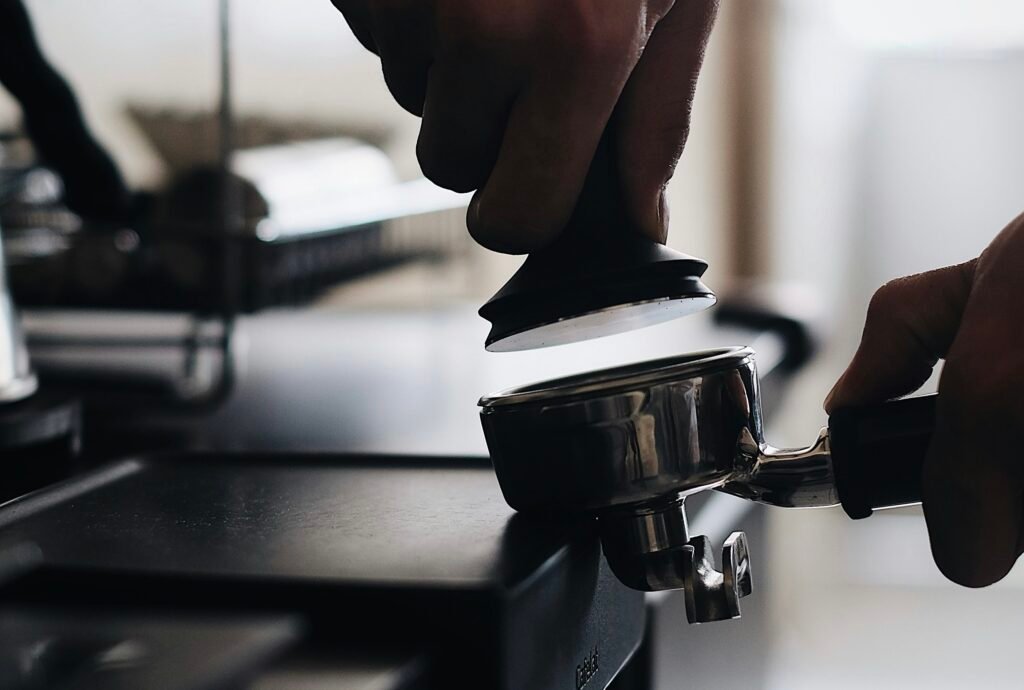
- Tamping technique – An uneven or inconsistent tamp causes channeling. Focus on pressure, angle, and repetition.
- Bean freshness – Coffee begins to lose vibrancy soon after roasting. Store beans in a cool, airtight environment and use within two to four weeks.
- Machine cleanliness – Dirty group heads, baskets, and shower screens taint the shot. Clean them frequently.
- Water quality – Water forms more than ninety percent of espresso. If the water tastes off, so will the coffee. Use clean, mineral-balanced water with a TDS of around 150 ppm.
- Brew temperature – Water that is too cold under-extracts, producing sour or flat notes. Water that is too hot burns the coffee. Aim for a range between 90 to 96°C depending on the roast.
- Lack of attention – Guesswork ruins good coffee. Keep records, be intentional, and always taste before you serve.
Espresso Is a Mirror
Espresso reflects the barista’s understanding, care, and respect for the bean. It is not just another drink. It is a measurement of craft. A properly pulled shot delivers clarity, balance, and integrity. A poor one exposes every gap in process.
This why espresso is where the Barista Manual begins. not because espresso is simple, but because it demands everything from the person preparing it. The taste and quality of espresso cannot be masked, so make the experience a good one!

The wonder of Cascara

Milk and texture
You May Also Like
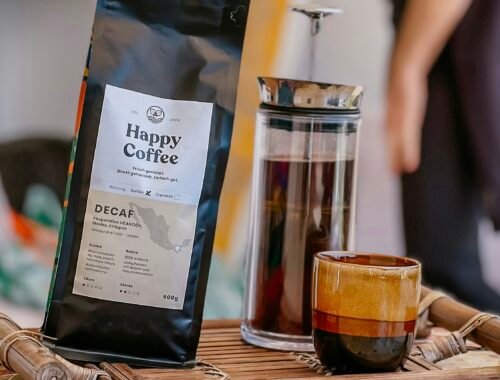
Why Decaf
May 21, 2025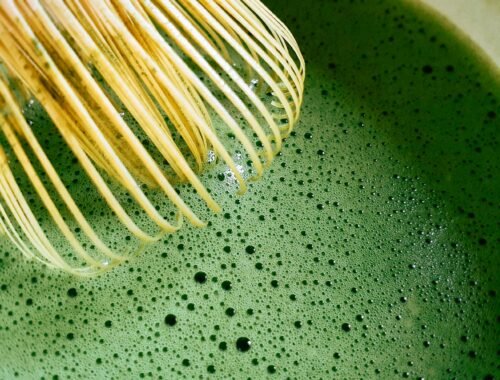
Matcha is here to stay
May 22, 2025